Against this backdrop, I was fortunate to receive a gift from my aunt, with the instruction that I was to treat myself in a way I might not be able to from my own resources. Thus, for the recent Epiphany weekend, I found myself travelling via Eurotunnel to a hotel in the south-eastern suburbs of Paris for a short but welcome break.
On the Friday morning (the Feast Day itself), I said the morning office in the Square du Vert Galant, a small city park on the north-western tip of the Île de la Cité. I guess most visitors to Paris might overlook this peaceful oasis. Few would know that it wasn’t created until 1884, when two small islands beyond the Pont Neuf and the equestrian statue of Henry IV were connected to each other and the main island, and built up into the present space.
It was on the smaller of these two former islands, the Isle des Juifs, that St Jacques de Molay, Grand Master of the Knights Templar, had been burned at the stake alongside his regional preceptor for Normandy, St Geoffroi de Charney, way back in 1314; but sitting on the south western side of the small park for half an hour, with just an early morning street cleaner performing his daily round, gave a strange sense of connection with both history and the divine presence in nature.
An interesting church to visit, as the style is Gothic, but the façade, being built over a hundred years after the main church is in the classical or French Baroque style. The organ dates back to the early seventeenth century, and was where various members of the Couperin dynasty of musicians (Louis and Francois particularly remembered) occupied the console. The chapel behind the main altar, is dedicated to the Virgin Mary - unusually having an architectural crown suspended from the roof over the altar. The church itself, became home in 1975 to the Monastic Fraternity of Jerusalem, a new monastic community founded with the intention of living the desert life of Charles de Foucauld in the modern city centre. Where in France, the historic church buildings are maintained by the secular state – it is in some way both curious and refreshing to find a sense of living faith and vibrancy in one of the lesser-known churches of Paris.
A filling snack lunch in the museum café gave the overworked legs a short time to rest before a very crowded four stop trip on ligne 12, and a visit to the chapel at the Rue du Bac. Otherwise known as the chapel of the Miraculous Medal, this place of pilgrimage was where in 1830, Catherine Labouré, a religious novice, received three visitations from the Virgin Mary; through which the starred medal was described, and then created and issued.
These four brief visits were enough for my stamina on this day. But the awareness and blessings brought by them, were enough to remind my better or higher self that there is inspiration and encouragement in the uncertain times which we are all living through. Let us pray for each other that we may all be open to the divine blessing, however and wherever we find ourselves.
Dom Paul-Bernarde OSBA
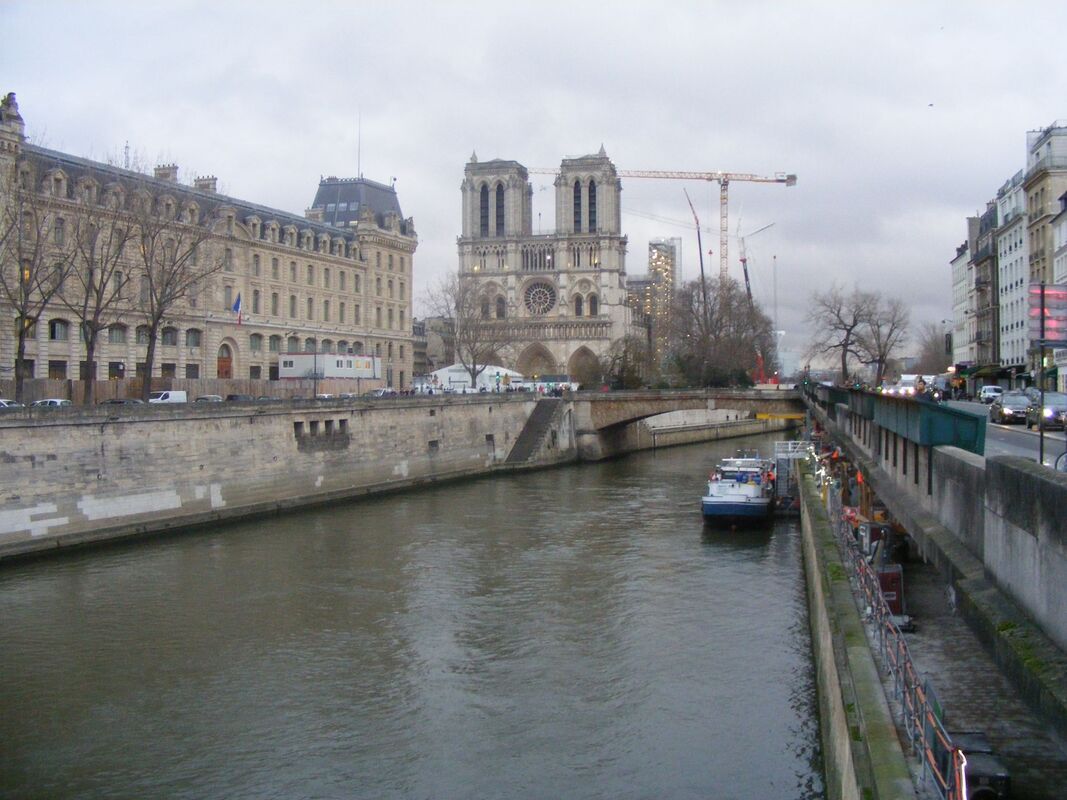
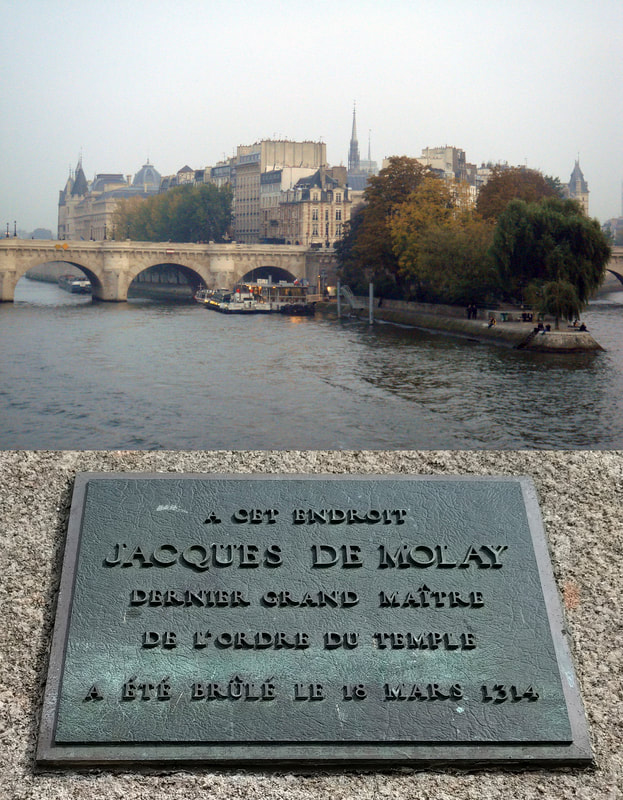
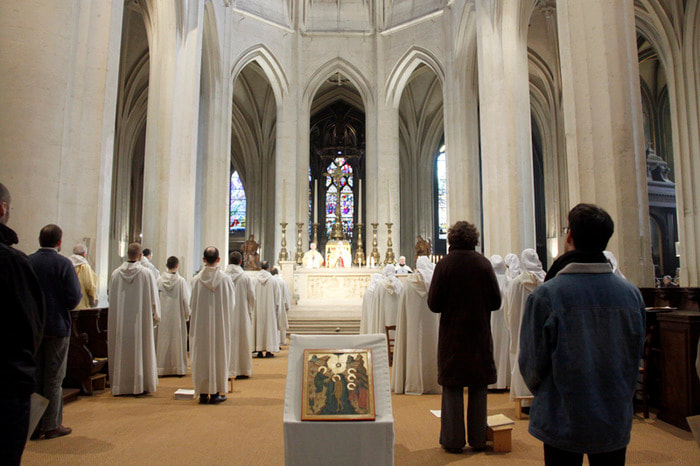
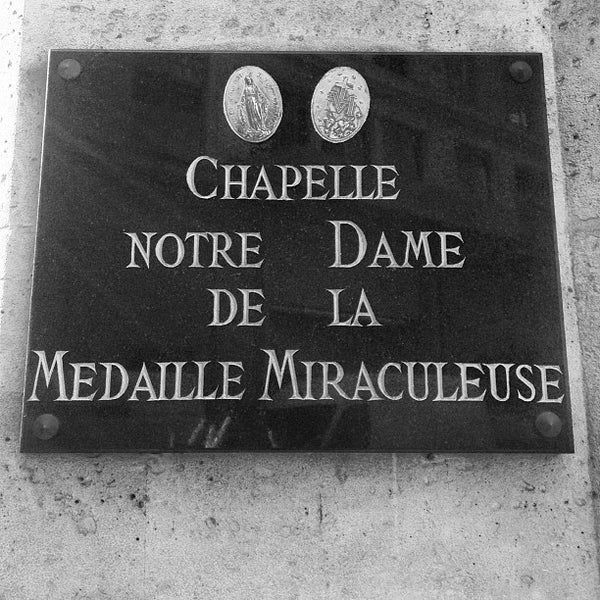
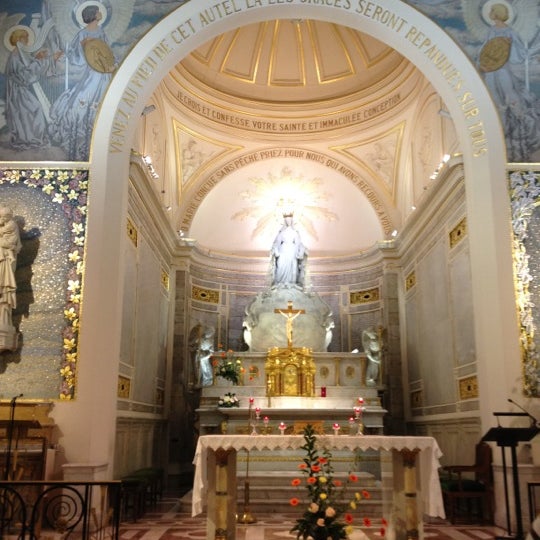
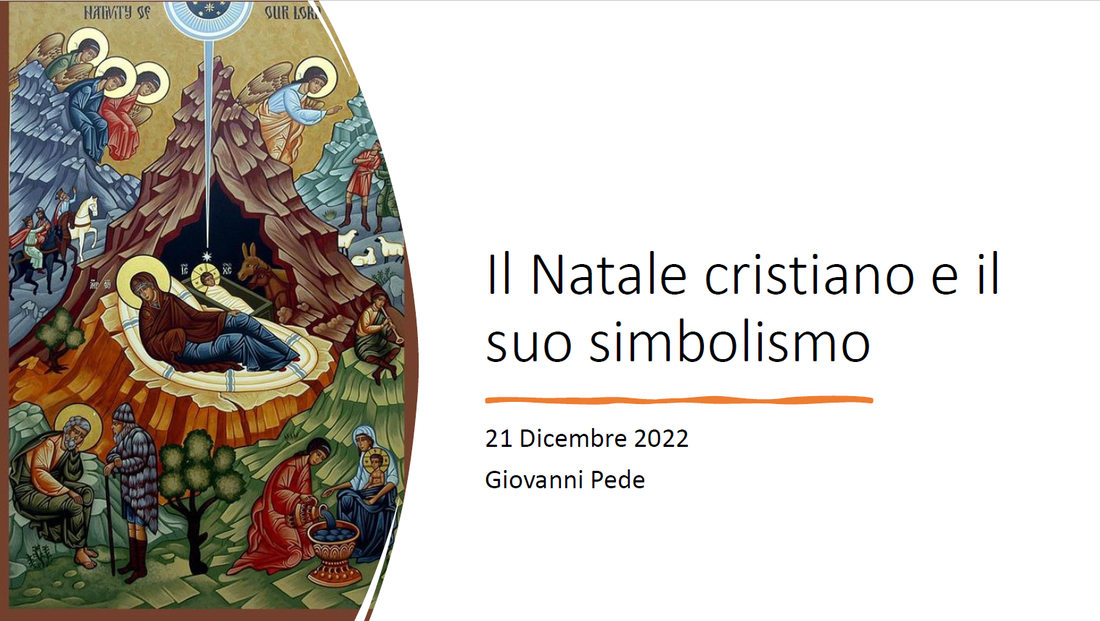
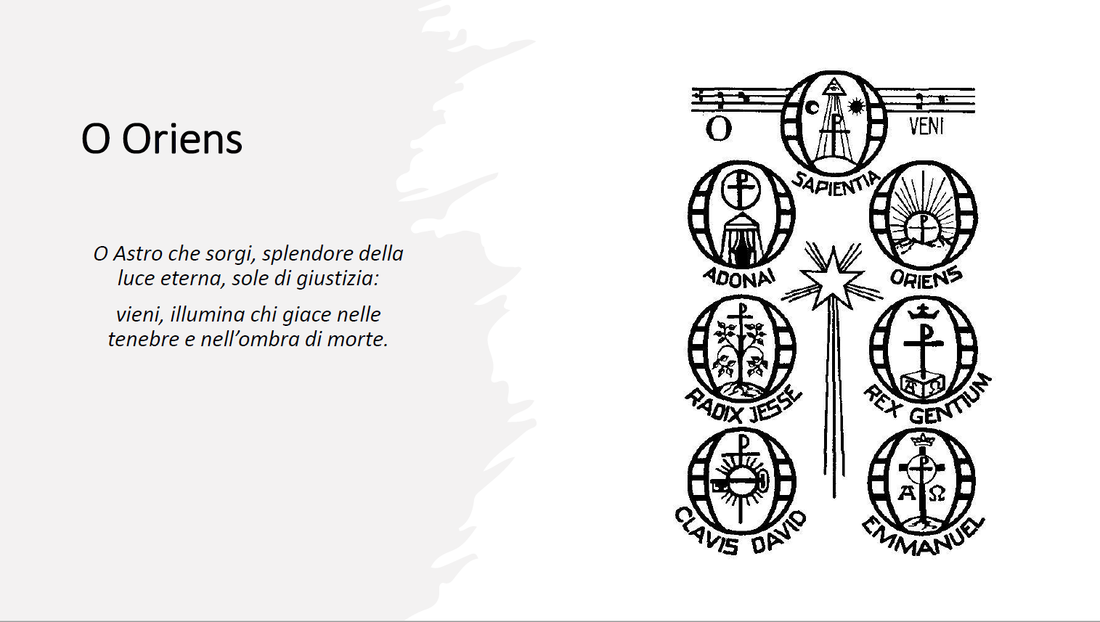
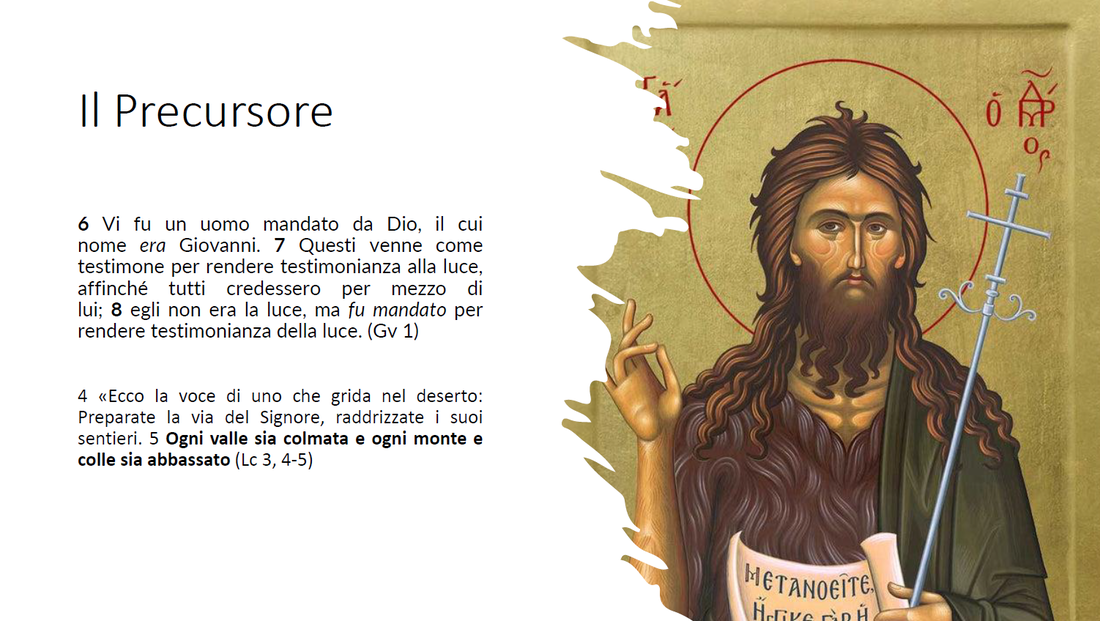
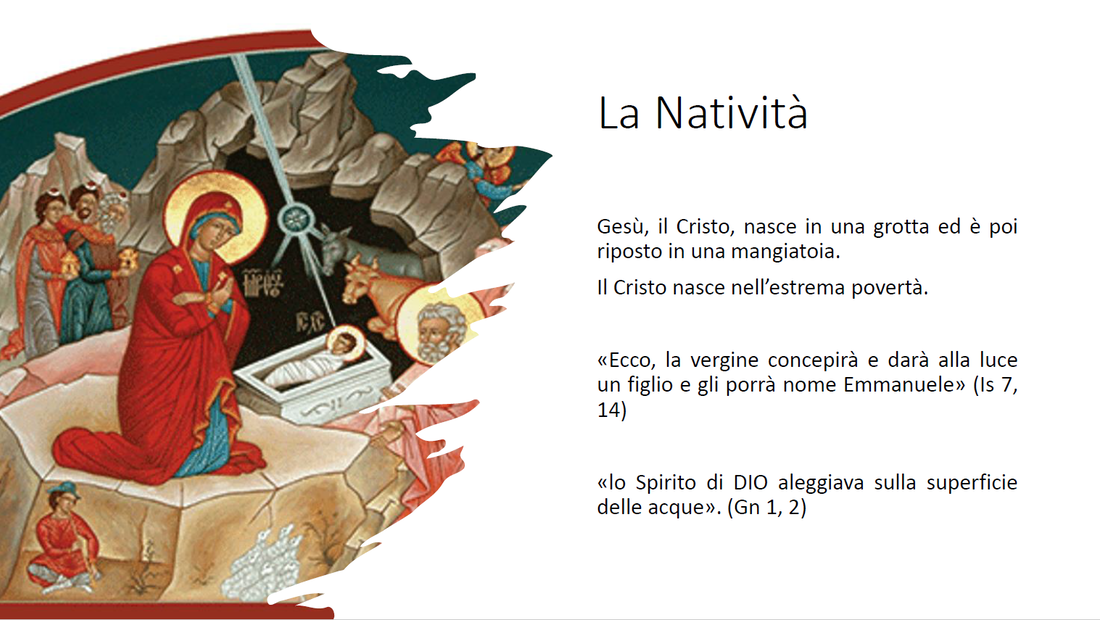
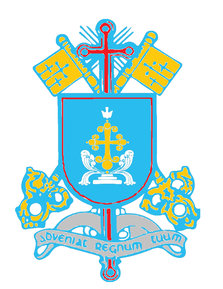
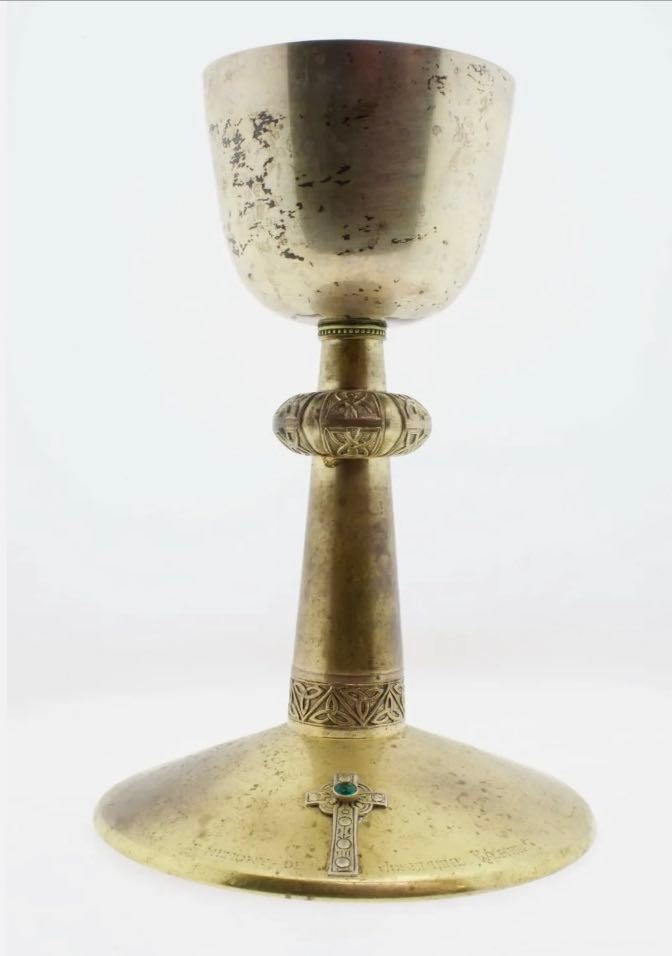

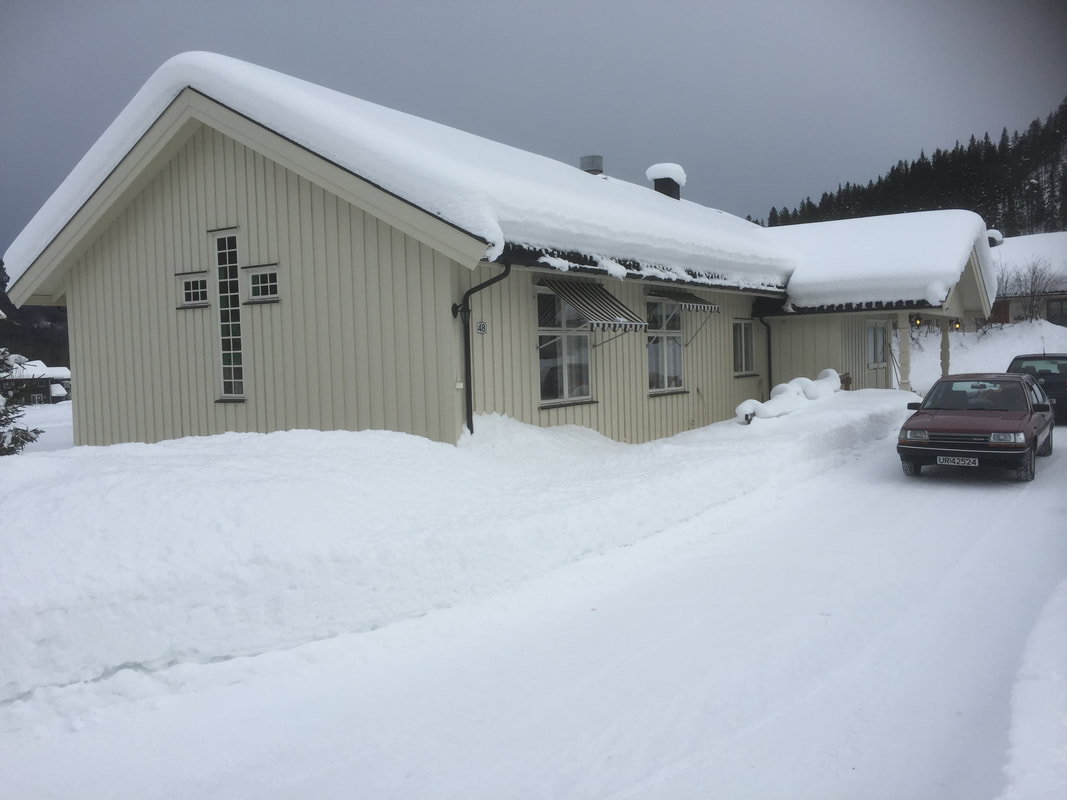
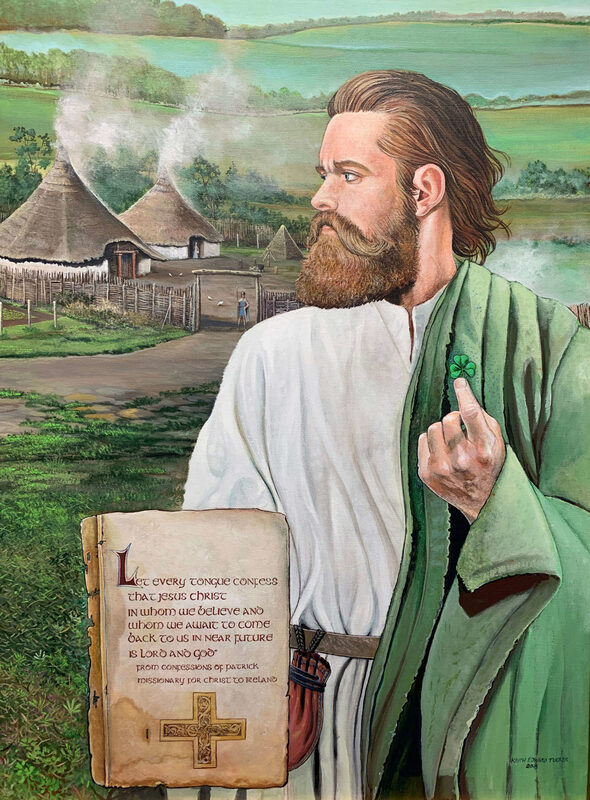
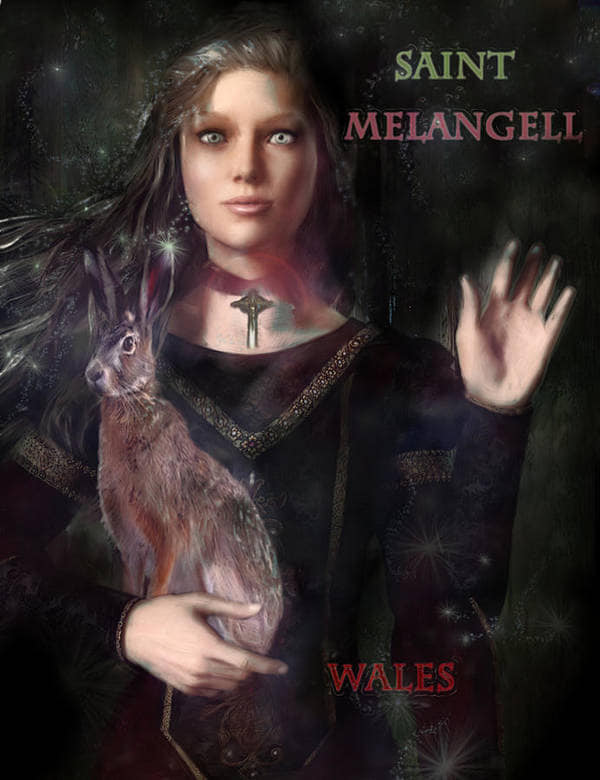
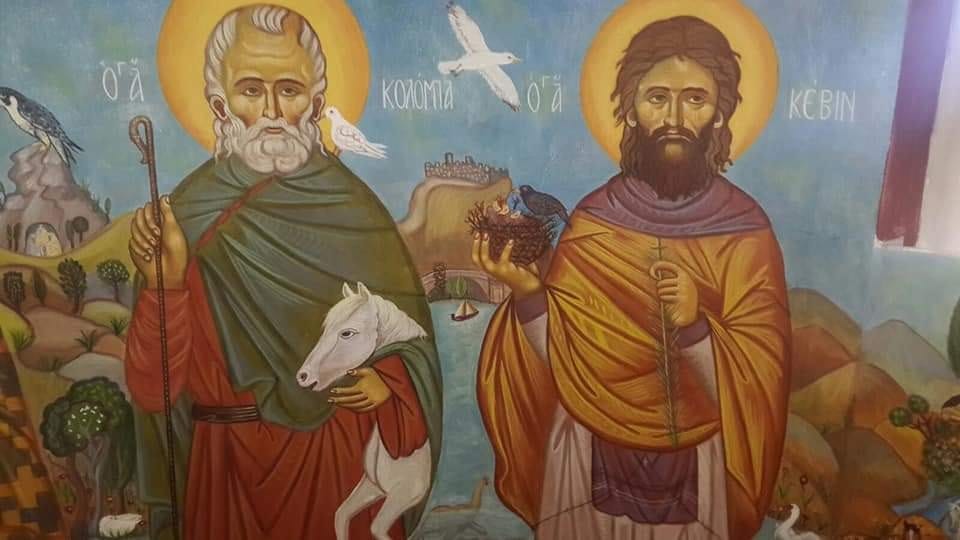
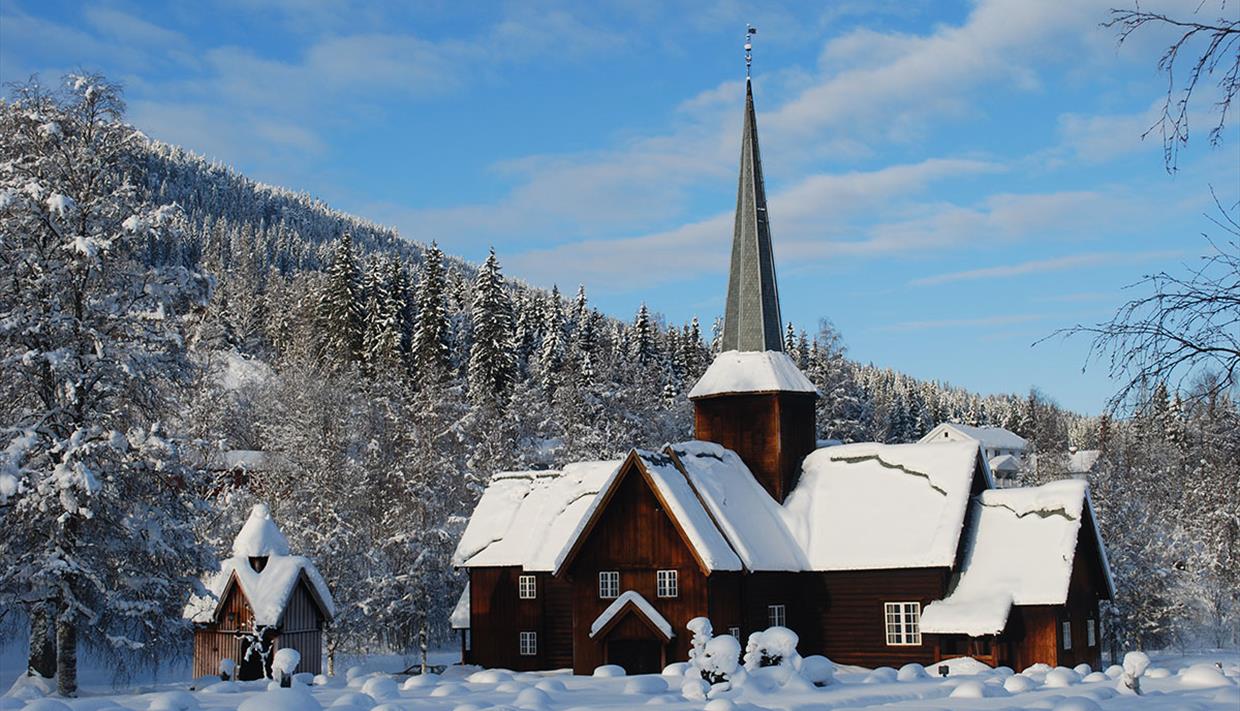
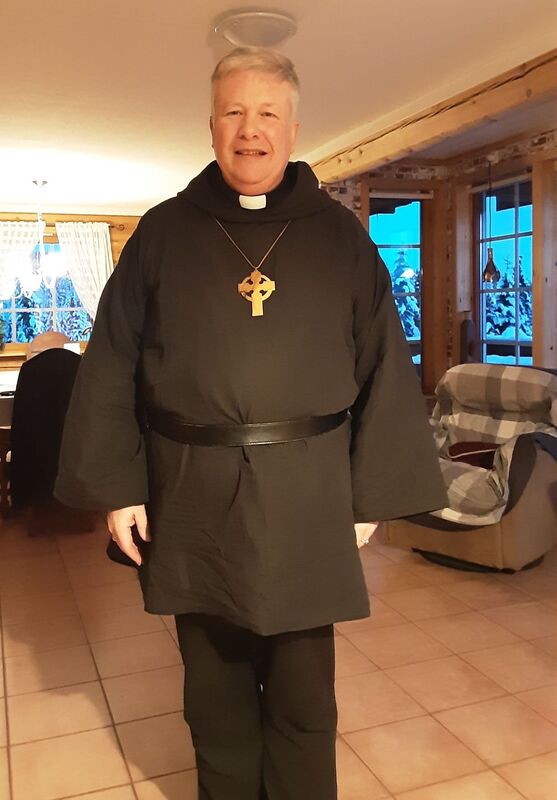
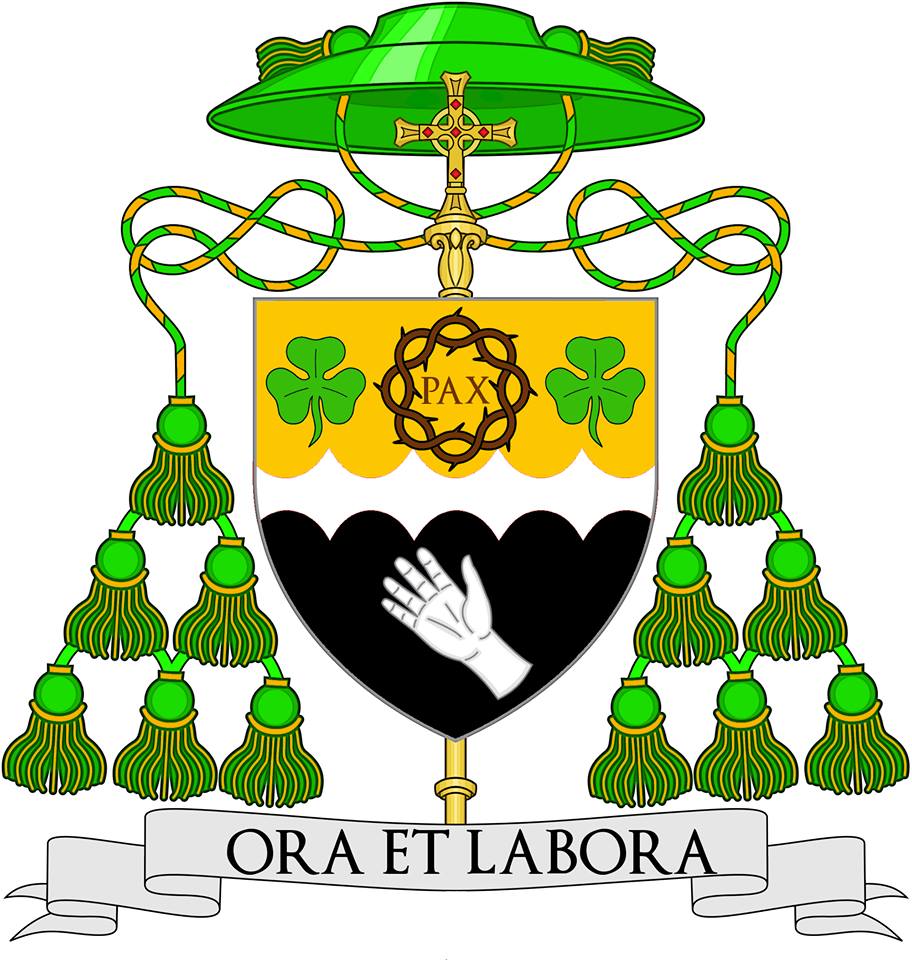
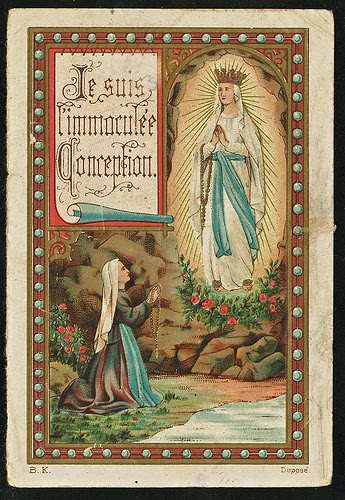

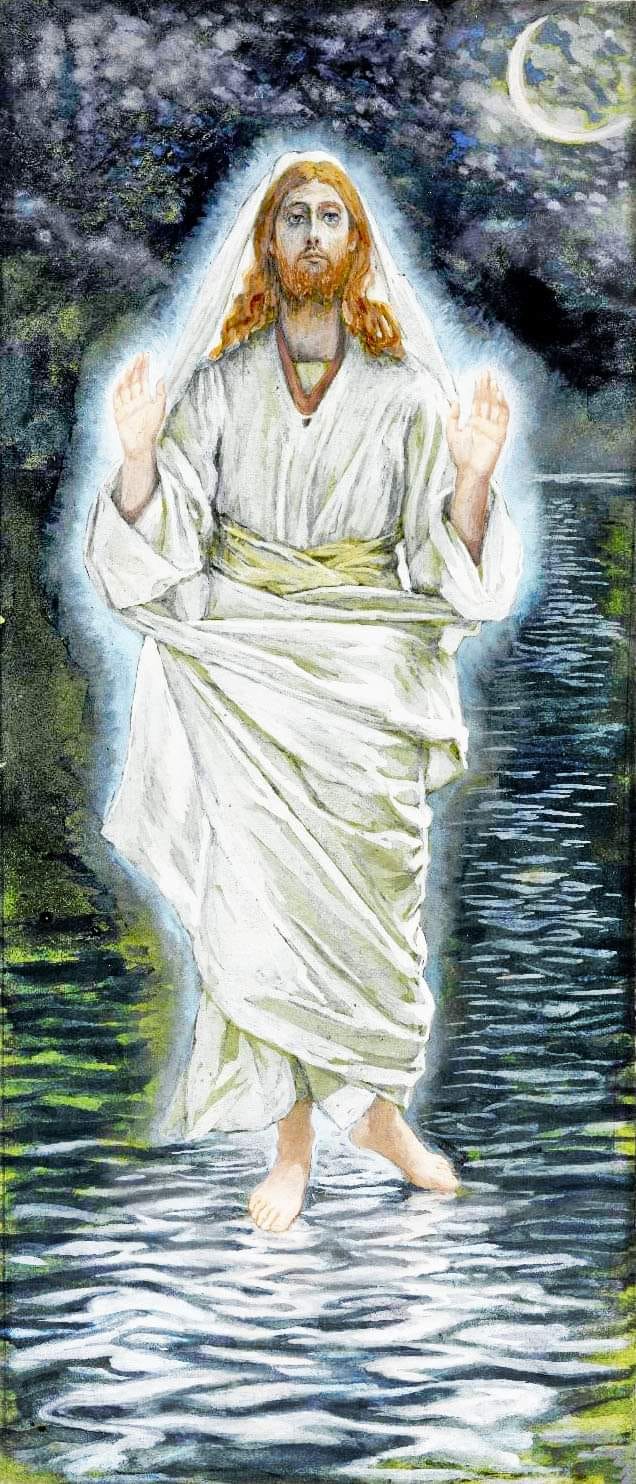
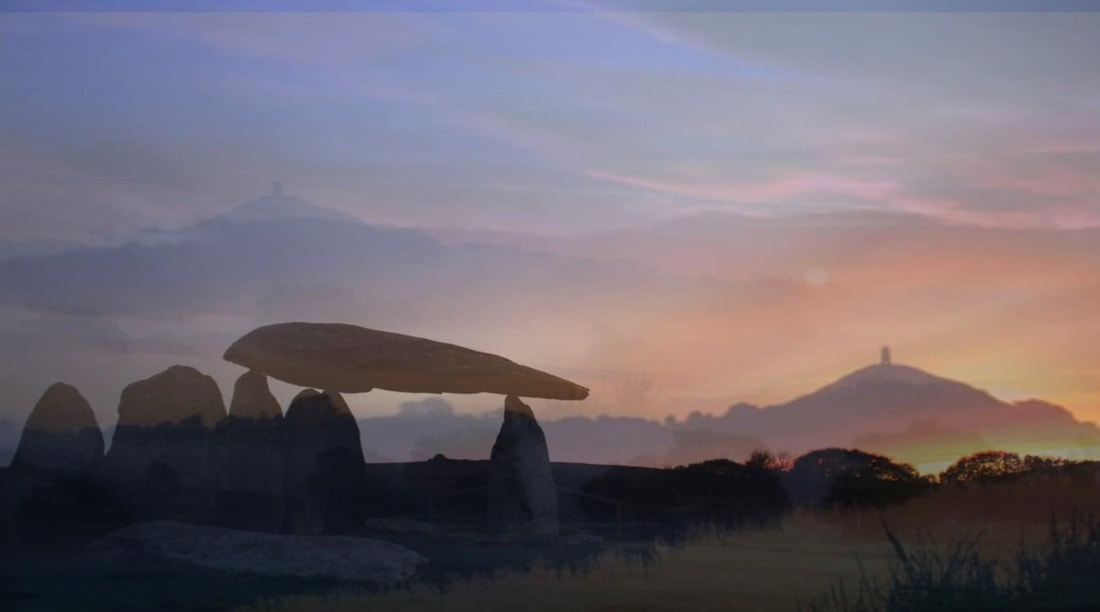
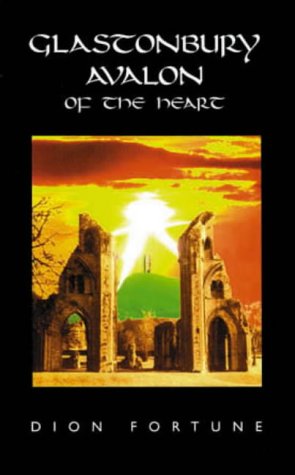
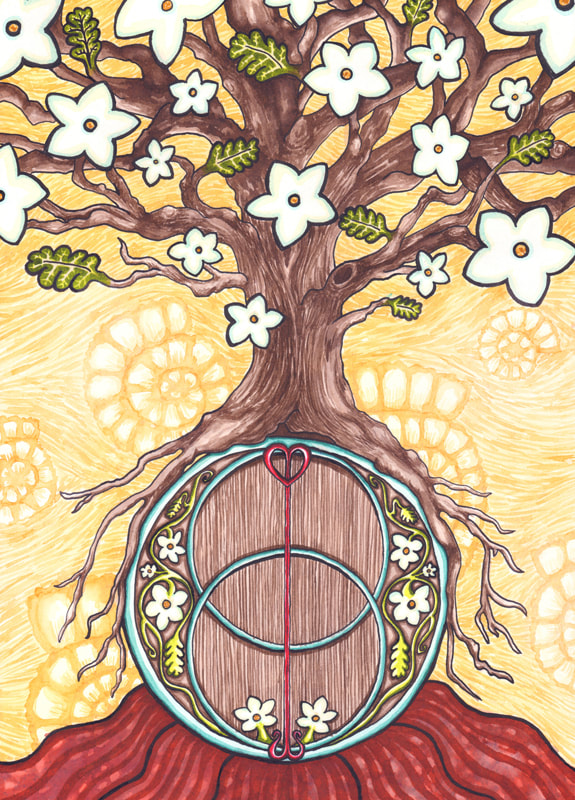
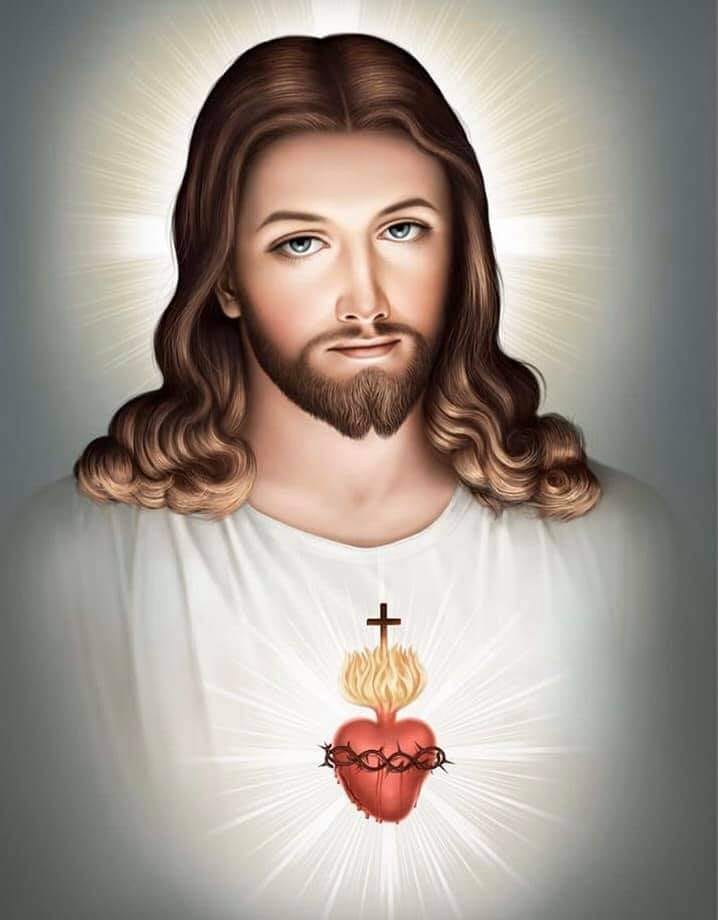
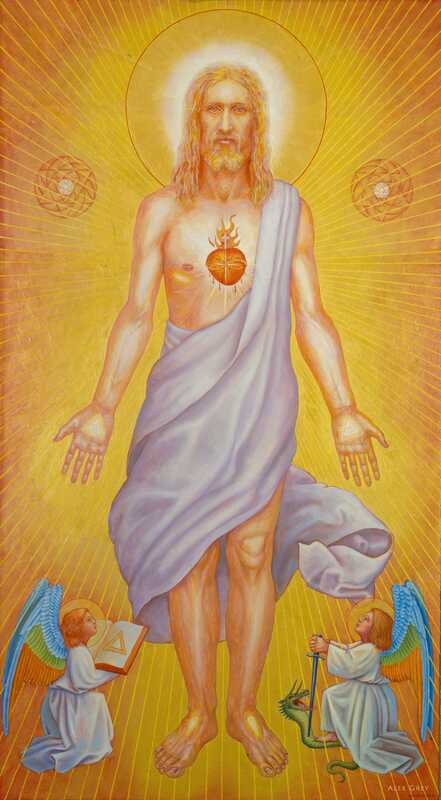
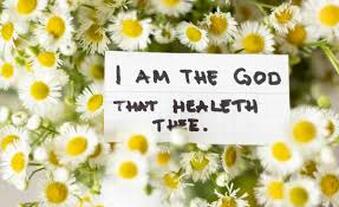
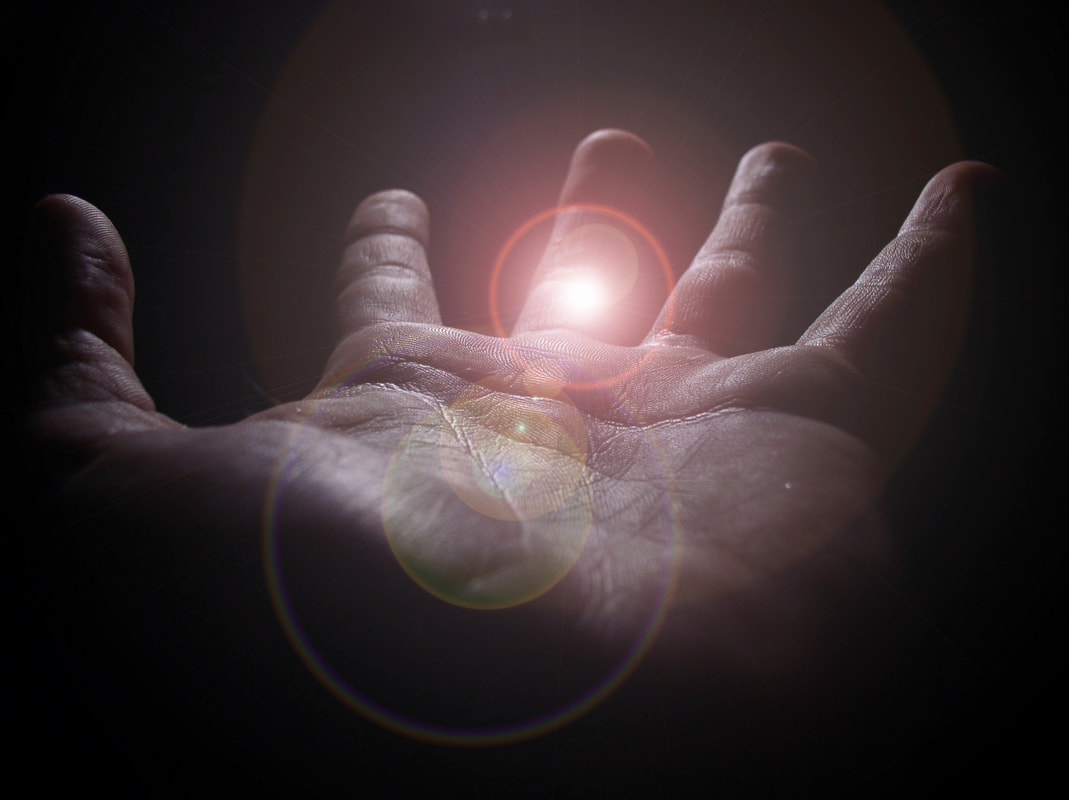
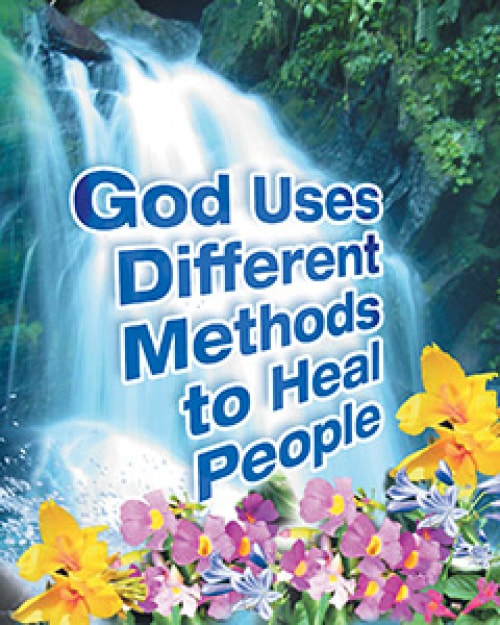
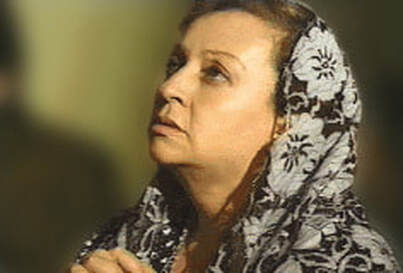



 RSS Feed
RSS Feed
